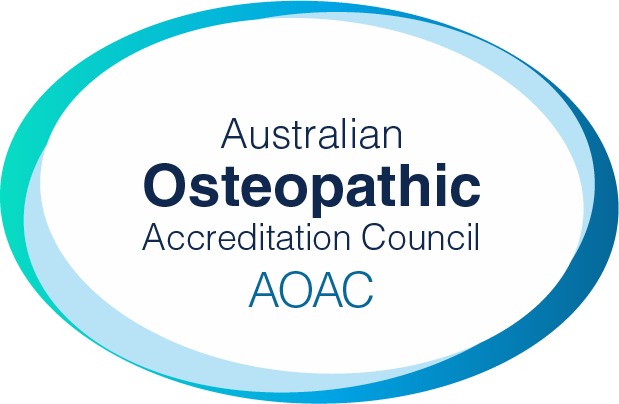The Standard Pathway Assessment (SPA) has changed. The SPA still contains 5 stages but stages 2-4 are new assessments in different format to previously (previous assessments were discontinued at the end of 2019). Please ensure you have downloaded the new version of the candidate guide (last updated February 2021) which contains the information on the new assessments. An overview of the five stages is provided below.
This pathway is open to candidates from any country (including the UK) who hold an osteopathic qualification that has been bench-marked as academically equivalent to an Australian or New Zealand Bachelor degree. If your first language is not English or your course of study was not delivered in English you will need to provide evidence of having completed a test of English language proficiency. More information about English language skills standards and requirements can be found on the Australian Health Practitioner Regulation Agency (AHPRA) website.
Stage 1: Initial Assessment
The first stage of the AOAC Assessment Process requires a candidate to submit the application Form 1C and include all documentation specified in the application form.
The initial assessment can take up to 10 working days from the date AOAC receives the correctly completed application form and all the required documents exactly as stated in the form.
Stage 2: Written Examination
The written examination is the second stage of the AOAC Assessment process and involves a three hour exam with questions on two focus areas; safe osteopathy practice and evidence informed treatment and management. A more detailed list of the topics covered in the questions is available in the candidate guide.
The written examination has 3 sections. Section 1 has single best response multiple choice questions (MCQs), section 2 has extended matching questions (EMQs) and section 3 has multiple choice questions (MCQs) that relate to patient case vignettes. Sample questions are provided in the candidate guide.
Written examinations are scheduled for the first week of March and September each year. To register for the written examination, candidates need to have had their desktop assessment (Stage 1) completed prior to December 5th and June 5th respectively.
Stage 3: Online Practical Assessment
The online clinical assessment requires candidates to work through 2 simulated osteopathy patient consultations and answer questions regarding information gathering, patient examination plan, differential diagnoses, red and yellow flags, likely diagnosis, prognosis and management planning. Candidates need to demonstrate an ability to tailor their responses to the specific patient presentation. The duration of the assessment is 2 hours (time and date will be scheduled in advance) and can be completed at the candidate’s home or workplace. It is essential the venue has reliable internet access to ensure candidate responses to the questions are saved and submitted successfully.
An example simulated patient case with questions and answers is provided in the candidate guide.
Candidates can register for Stage 3 once they have successfully completed Stage 2: Written examination.
Stage 4: Face to face Practical Assessment
The face to face practical assessment can only be completed in Melbourne Australia. The practical assessment is held at Victoria University’s clinic in Melbourne, Australia. City Tower, 372-378 Little Lonsdale Street. The focus of the practical assessment is on safe and effective osteopathy practice with assessors being able to directly observe candidates ability in through information gathering, patient examination, clinical reasoning and patient treatment and management.
This assessment contains two parts:
- 120 minute Objective Structured Clinical Examination (OSCE) involving simulated patient and,
- 3 patient consultations with actual patients (not simulated)
The structure and marking criteria for the OSCE and patient consultation aspects of the assessment are available in the candidate guide.
Candidates are required to apply for limited registration to sit the practical assessment. Further information on limited registration is available from the Osteopathy Board of Australia. If a candidate does not gain limited registration in a timely manner before the practical assessment, they will not be able to sit the assessment.
Candidates can register for Stage 4 once they have successfully completed Stage 3: Online practical assessment.
Clinical examinations are generally scheduled for the last week of February and August each year and are held in Melbourne, Australia only. This is subject to change depending on availability. The venue for the clinical examination is held at Victoria University’s clinic in Melbourne, Australia. City Tower, 372-378 Little Lonsdale Street, Melbourne.
Stage 5: Assessment (Open Book Examination (OBE))
Once a candidate has met all the requirements for stages 1-4, they will then be invited to undertake the Open book exam (OBE) based on the Information on the Practice of Osteopathy in Australia – A guide for graduates trained overseas. This exam is multiple choice and completed online. Login details will be provided once a candidate reaches this stage.
After successfully completing the full assessment process candidates are considered qualified pursuant to section 53 (c) of the National Law for general registration as an osteopath under section 52 of the National Law on the basis that the individual holds a qualification relevant to osteopathy and has successfully completed an assessment required by the National Board for the purpose of general registration as an osteopath.




